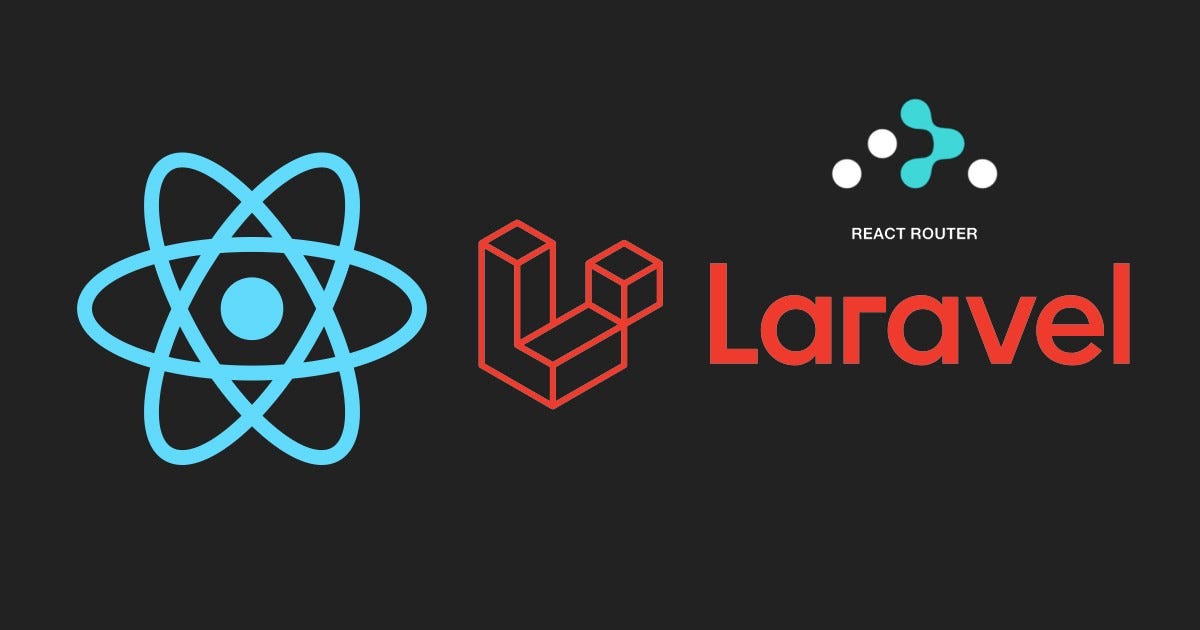Setup : Create your laravel app and connect to database
composer create project laravel/laravel laravel_api
open .env and configure database
DB_CONNECTION=mysql
DB_HOST=127.0.0.1
DB_PORT=3306
DB_DATABASE=laravel_api
DB_USERNAME=root
DB_PASSWORD=
Create the database schema laravel_api in your database
Generate the tables using:
php artisan migrate
Now let's open the app ang navigate to the folders, you will see in app/database/factories that laravel have already created a sample factory for us using table users
Let's make some minor edit so that we can use any of the dummy users in the future, let's change the password to this:
public function definition()
{
return [
'name' => $this >faker >name(),
'email' => $this >faker >unique() >safeEmail(),
'email_verified_at' => now(),
'password' => bcrypt('password'), // password
'remember_token' => Str::random(10),
];
}
Now let's use it to create 10 sample dummy data at first!
Go to terminal and use php artisan tinker
Type and enter the following:
AppModelsUser::factory() >count(10) >create();
Hurray! Just like that we instantaneously created 10 dummy data that we can use in our app, check the database and you will there are 10 rows added in there!
Now to generate thousands just replace 10 with any amount you like just like this:
AppModelsUser::factory() >count(10000) >create();
You now have 10000 users!
Now that we got a taste of it let's create our own!
Let's create our own model, migration, factory and seeder first
php artisan make:model Todo mfs
Navigate to app/database/migrations and open "...create_todos_table"
Let's add columns string, text, completed and created_by which is a foreign key of user in the migration:
Schema::create('todos', function (Blueprint $table) {
$table >id();
$table >string('title');
$table >text('body');
$table >boolean('completed') >default(false);
$table >unsignedBigInteger('created_by');
$table >foreign('created_by') >references('id') >on('users') >onDelete('cascade');
$table >timestamps();
});
Now let's run php artisan migrate to generate the table in our database
Let's then open the TodoFactory in app/database/factories and paste this:
public function definition()
{
return [
'title' => $this >faker >sentence,
'body' => $this >faker >paragraph,
'completed' => rand(0,1),
'created_by' => rand(1,10),
];
}
This will be the rules of the contents of our Todo table
Go to app/database/factories/seeders and open TodoSeeder and paste this inside to generate 3000 todo data:
namespace DatabaseSeeders;
use AppModelsTodo;
use IlluminateDatabaseSeeder;
class TodoSeeder extends Seeder
{
public function run()
{
Todo::factory(3000) >create();
}
}
To run the seeder let's paste it first inside the DatabaseSeeder.php in the same folder
$this >call(TodoSeeder::class);
Go to terminal and run that specific seeder:
php artisan db:seed class=TodoSeeder
Hurray! Now you have added 3000 rows of Todos in your database table instantly!
To run all the Database seeders inside it use this:
php artisan db:seed
This is a very useful function for setting up your laravel app specially when you are working with a team!






